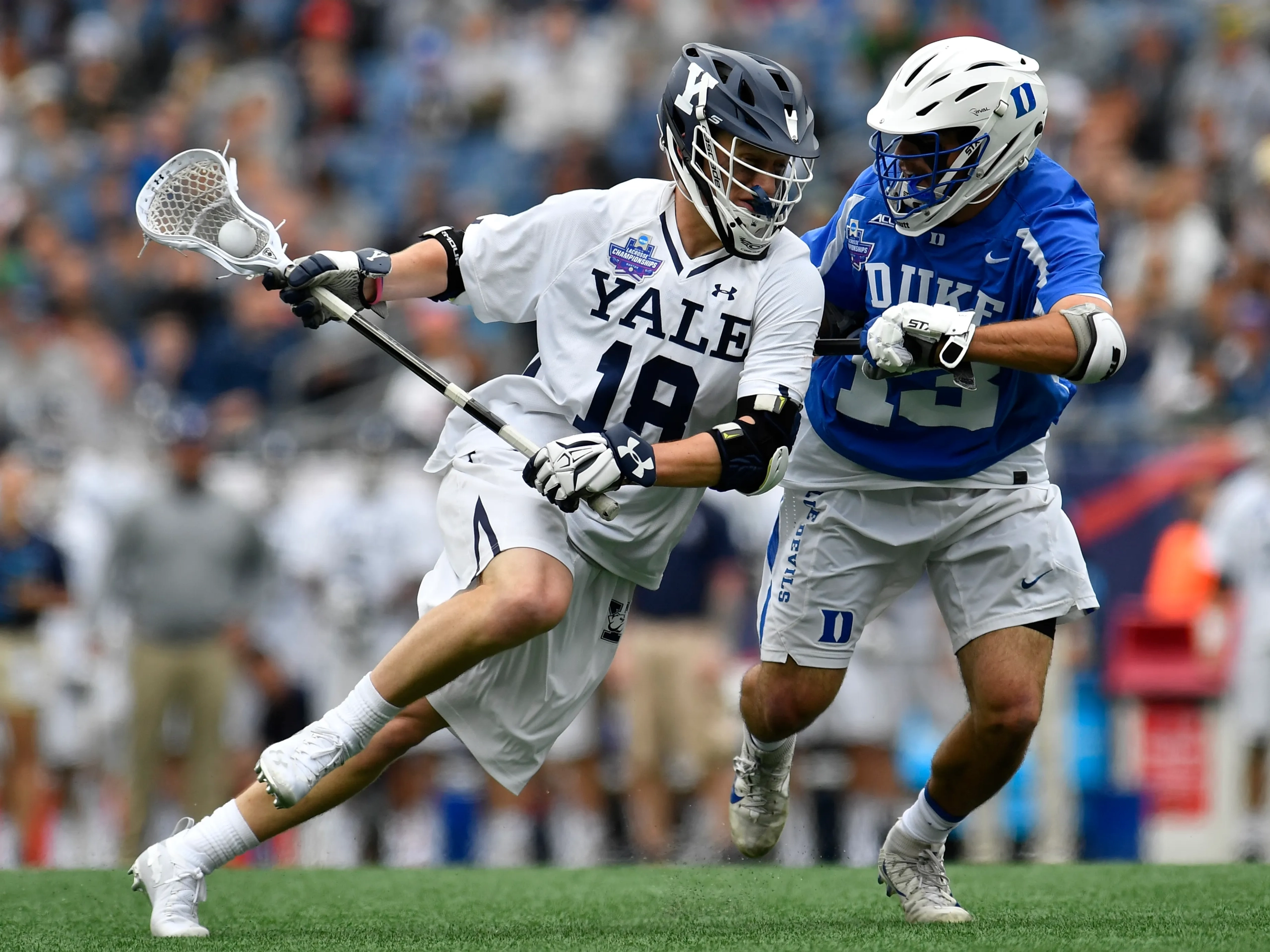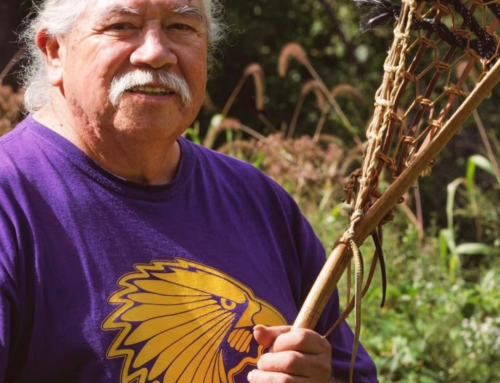For the past 6 years. Lacrosse has been the fastest growing sport in US high schools for both girls and boys. But that leaves us with some questions, who exactly is picking up the sport? Is it accessible for all demographics? Is it affordable?
To look at the cost, we can first consider what a player needs to play:
* Stick
* Padding
* Helmet/Goggles
* Mouth guard
* Cleats
* Club fees
The initial costs may be on the higher end. In fact, according to the 2019 National Youth Sport Survey, Lacrosse is the 5th most costly sport after Ice Hockey, Skiing/ Snowboarding, Field Hockey, and Gymnastics.
On the other hand, while considering that Lacrosse remains the fastest growing sport in this part of the world, it would seem that the price tag is not scaring anyone away. Well not the wealthy anyway; 60% of players are coming from families who earn over $75k annually.
How did it become this way? To understand Lacrosse demographics, we have to take a look back a couple hundred years ago to when Lacrosse was an Indigenous stick- and-ball game known by different names including:
* Pagadowe (Anishinaabemowin)
* Baaga’adowewin (Ojibway)
* Tewaa:rathon (Kanien’keha)
The game began as a sacred ceremony to please the creator, provide healing, settle disputes and more. However, like many aspects of Indigenous culture, colonial states developed an appropriated version that played a role in cultural assimilation within residential schools early in the 20th century. Beyond this, throughout the past century, Indigenous people have been restricted from play, creating a flourishing of popularity of the sport in private-schools and boarding schools.
However, the story does not end there. Indigenous Nations remained resilient and eventually went on to create the First Nations Lacrosse Association (previously the Iroquois Lacrosse Association), consisting of multiple teams representing the Iroquois Confederacy. The men’s team, the Iroquois Nationals, is currently the only Indigenous peoples’ team recognized to compete Internationally, and it is worth mentioning they are currently ranked 3rd in the world.
Despite the resilience demonstrated by Indigenous people to maintain participation in their ancestral game, the sport remains dominated by European-Americans with 90% of players in the NCAA self-identifying as white-European ethnic origin.






